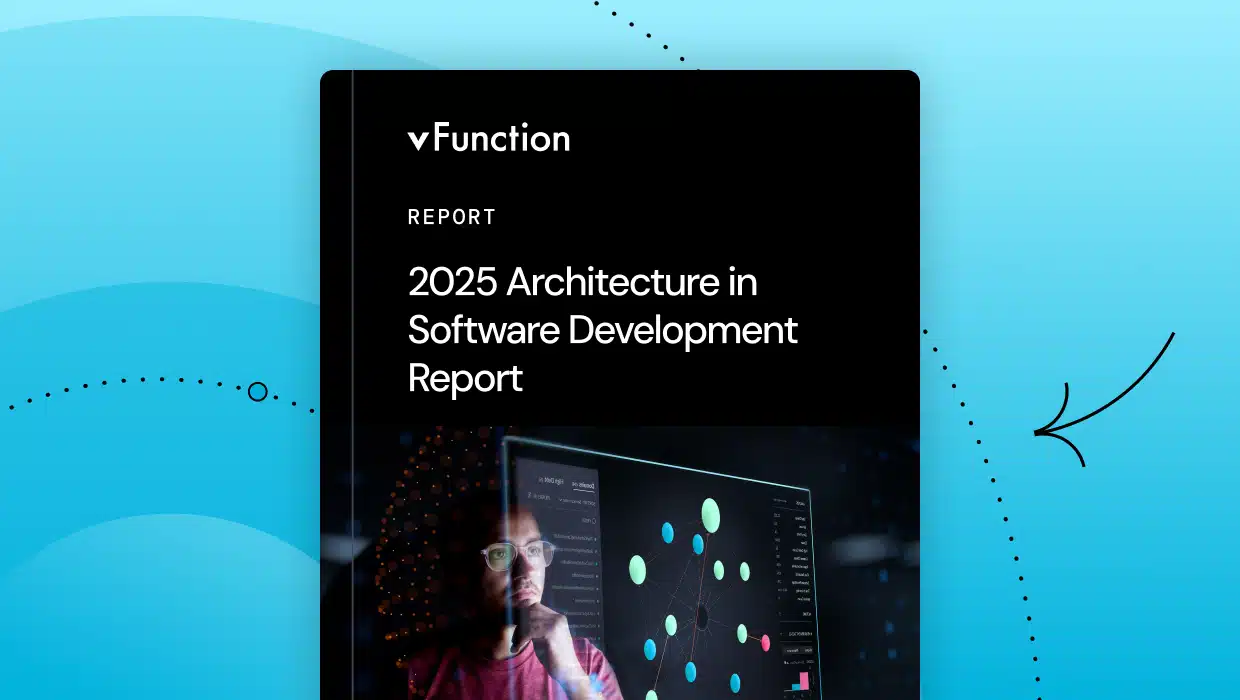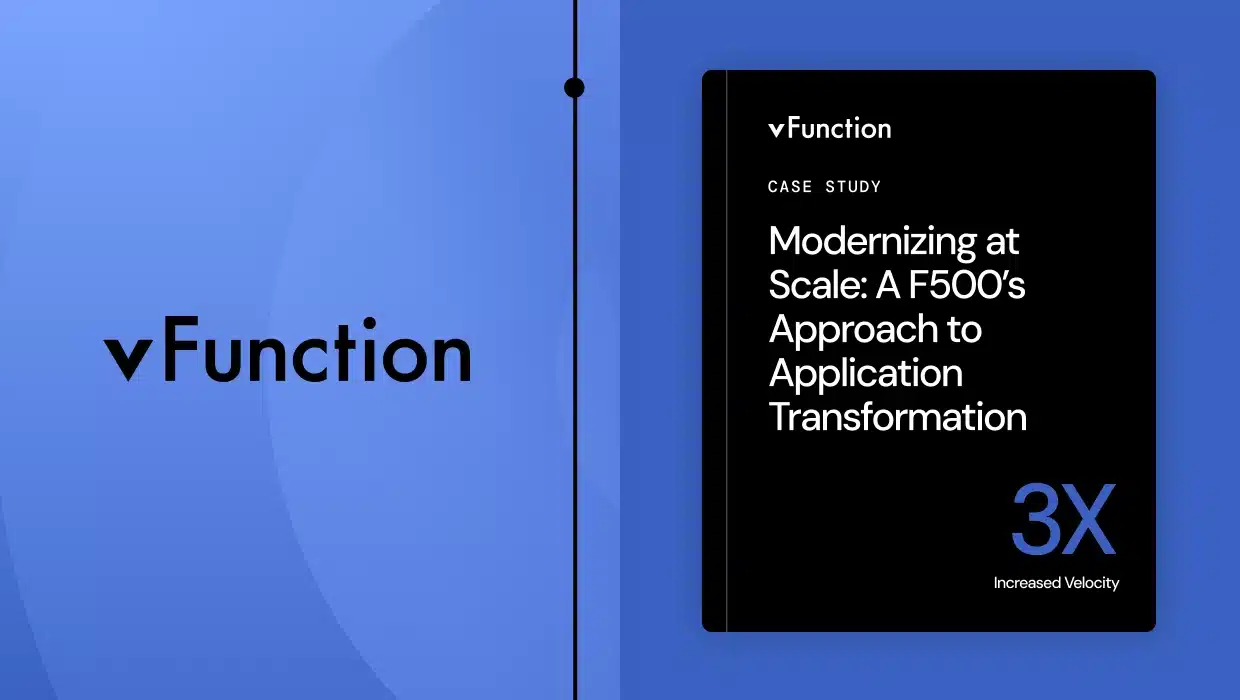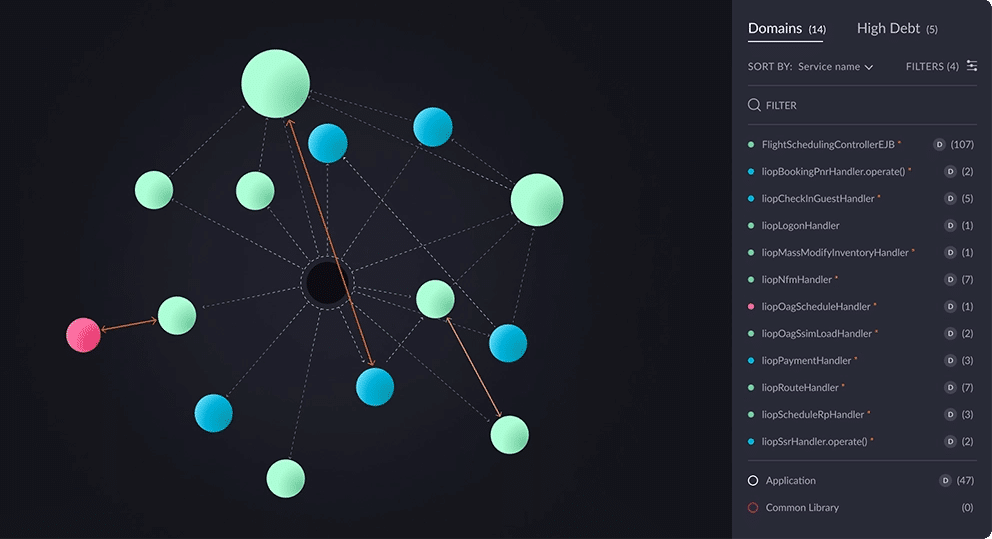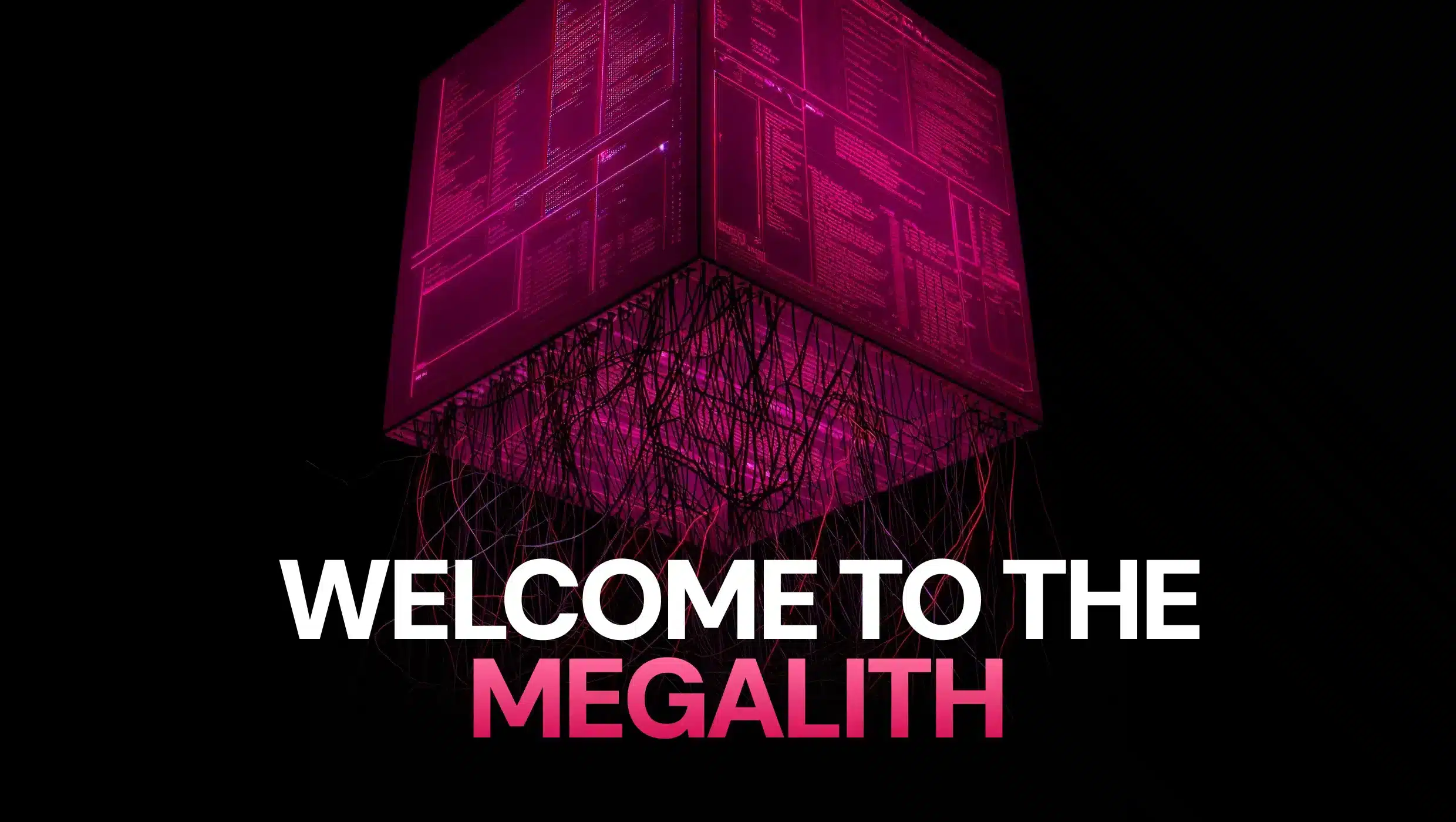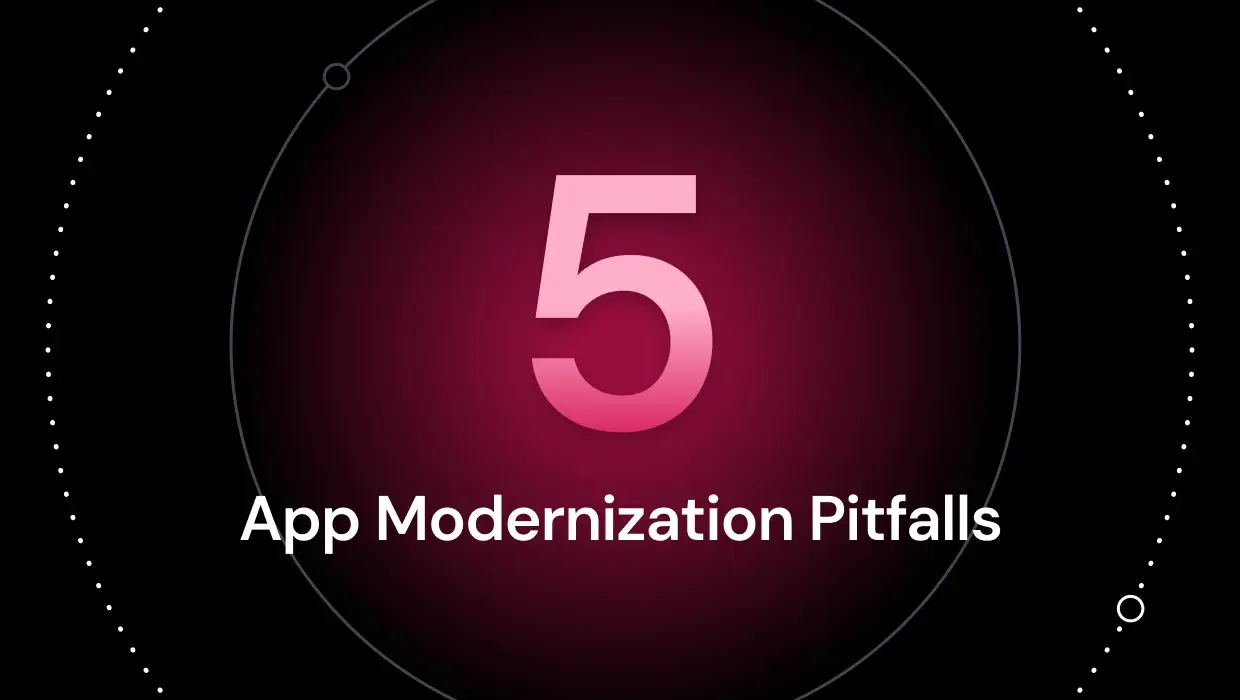Enterprise application modernization refers to updating and maintaining legacy systems to leverage modern technologies and architectures. This is critical in today’s business environment, where agility, scalability, and cost-efficiency are key to maintaining a competitive edge.
Through legacy modernization, organizations can enhance operational efficiency, improve customer experiences, and ensure compliance with industry standards.
What is enterprise application modernization?
Enterprise application modernization (EAM) involves re-engineering, re-architecting, or otherwise transforming legacy systems to integrate with contemporary IT environments. This often includes transitioning to hybrid cloud-native architectures, incorporating microservices, and enhancing data management practices.
Unlike routine software updates, which focus on minor improvements and patches, EAM involves comprehensive changes to the underlying infrastructure, often resulting in a more agile, scalable, and future-proof system. Traditional updates are reactive, addressing immediate needs, while modernization is proactive, ensuring long-term system viability.
Importance of enterprise application modernization
For enterprises, application modernization is not just an option—it’s a necessity. Legacy systems often struggle to meet the demands of today’s fast-paced business environment, leading to inefficiencies, security risks, vulnerabilities, and higher operational costs.
Modernizing these systems allows enterprises to enhance scalability, improve security, and better support innovation, ensuring they remain competitive and agile in a rapidly evolving market.
For example, a global financial institution recently modernized its core banking system, resulting in a 15% to 20% increase in customer satisfaction. This illustrates the tangible benefits that modernization can deliver, driving both operational efficiency and customer engagement.
Key benefits of enterprise application modernization
Modernization projects in enterprise environments are not driven by a singular motivation but rather by a broad spectrum of needs and opportunities. Here’s a closer look at the benefits that modernization brings to large-scale organizations.
Enhanced agility
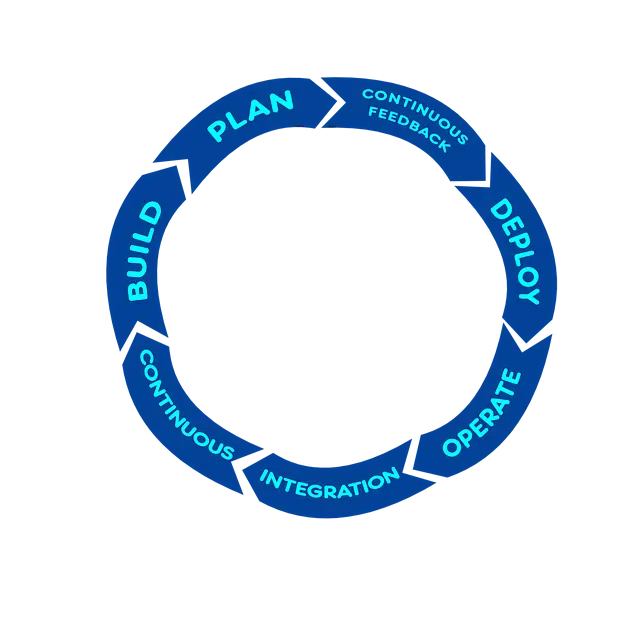
Enterprise application modernization significantly boosts the speed and efficiency of business processes. By updating legacy systems, companies can streamline operations, allowing for quicker responses to market changes and fostering a culture of innovation. For instance, a modernized system can reduce product development cycles, enabling enterprises to bring new offerings to market more rapidly.
Improved data analytics
Modernized applications provide advanced data processing and analytics capabilities, enabling enterprises to derive real-time insights and make more informed decisions. This enhanced data visibility supports better strategic planning and operational efficiency.
With improved analytics, businesses can identify trends, optimize processes, and predict customer needs more accurately, driving better outcomes.
Streamlined compliance
As regulatory requirements become increasingly complex, maintaining compliance can be challenging for large organizations. Modernized enterprise applications often include automated compliance checks and streamlined reporting features.
These tools help ensure adherence to regulations while reducing the administrative burden on compliance teams, allowing enterprises to stay ahead of regulatory changes with minimal disruption.
Increased efficiency and cost savings
One of the most tangible benefits of enterprise application modernization is the reduction in operational costs. Organizations can achieve significant cost savings by optimizing resource use and automating routine tasks.
Additionally, modernized systems often require less maintenance and are more resilient, leading to lower maintenance costs, fewer disruptions, and further cost reductions over time.
Improved customer experience
Modernized applications enhance the customer experience by offering more user-friendly interfaces and improved functionality—and the ability to quickly fix anything that’s not user-friendly. This not only increases customer satisfaction but also helps to retain customers in a competitive market.
Enterprises that prioritize modernization in customer-facing applications can expect to see higher engagement and loyalty, translating into better business performance.
Developer experience
Finally, in enterprise application modernization, the developer experience is becoming as critical—if not more so—than the customer experience. Developers are building, maintaining, and evolving the software that serves customers, so their ability to work efficiently is paramount. When developers face friction, technical debt, older and unfamiliar language frameworks, or misalignment with leadership, it can slow innovation and productivity, negatively impacting both the product and the customer experience. Focusing on optimizing developer workflows, reducing inefficiencies, and ensuring alignment between developers and leadership directly boosts modernization efforts and keeps talent engaged and productive. In this context, improving developer experience becomes a key driver of successful transformation.
“A lot of our time is spent on maintenance and bug fixing compared to feature development. That is where we find it challenging to increase our velocity in terms of delivering more features for the users instead of fixing bugs.”
Software engineering manager
vFunction Report: Conquering Software Complexity
The modernization of enterprise applications provides a comprehensive set of benefits that help organizations remain competitive, agile, and efficient in today’s fast-paced business environment.
Strategies for enterprise application modernization
Given the increasing need for modernization, many companies have successfully navigated the app modernization process using well-defined strategies. These approaches ensure that enterprises can modernize their applications efficiently while maintaining thoroughness and precision.
Many companies successfully modernize their applications by adopting one of several well-defined strategies. Rehosting, a.k.a. “lift and shift”, moves applications to a new environment with minimal code changes, while replatforming shifts them to a more modern platform, allowing access to newer technologies without a complete overhaul. Refactoring improves performance and scalability by restructuring the existing codebase, and rebuilding involves redesigning and rewriting applications from scratch to leverage modern architectures. Replacing an outdated system with a new solution is often chosen when the cost of maintaining the legacy application outweighs the benefits. These strategies help ensure efficient modernization while maintaining system stability and precision.
Best practices in enterprise application modernization
Even with a well-defined strategy, the complexity of enterprise application modernization can lead to inefficiencies if not carefully managed. Adhering to best practices is essential to avoid common pitfalls and ensure a smooth transition to modern apps.
Careful planning is critical to EAM
Thorough assessment and goal-setting are foundational to a successful modernization project. Before beginning, it’s critical to conduct a comprehensive evaluation of the current systems and define clear objectives.
It’s never enough to simply state, “We need our application to be more modern.” You need to figure out what reasons lie behind the modernization efforts, whether it be:
- Cost savings
- Decreasing churn
- Increased stability
- Increased ability to innovate
- Improved developer experience
Or maybe something completely different. Developing a detailed roadmap, including timelines and resource allocation, helps in executing the modernization process effectively.
Stakeholder engagement
Ensuring that all relevant stakeholders are involved from the outset is crucial. Continuous communication and feedback loops throughout the project not only help in aligning expectations but also in quickly addressing any issues that arise. This collaborative approach fosters a sense of ownership and commitment among all parties involved.
Selecting suitable technologies
Choosing the right technologies is central to the success of any modernization effort. This involves evaluating potential technologies against the specific needs of the enterprise, considering factors such as scalability, compatibility, and support.
Successful technology adoption can significantly enhance the overall modernization outcome, as demonstrated by enterprises that carefully align technology choices with their business goals.
Minimizing operational disruption
One of the main challenges in enterprise application modernization is maintaining business continuity. Strategies to minimize operational disruption include phased rollouts, thorough testing, and clear communication plans. Effective transition management—such as running legacy and modernized systems in parallel—can prevent downtime and ensure smooth operations during the enterprise app modernization process.
Continuous monitoring and adaptation
Ongoing monitoring is essential to identifying issues early and ensuring long-term success. Enterprises can adjust their modernization approach by continuously tracking performance and gathering feedback. This adaptability is key to maintaining the relevance and effectiveness of modernized applications over time, allowing for iterative improvements based on real-world data.
Following these best practices reduces the risk of setbacks and maximizes the benefits of enterprise application modernization, ensuring that the organization remains agile and competitive in an evolving digital landscape.
Enterprise application modernization tools
A significant aspect of enterprise application modernization involves updating the tools that support your infrastructure and processes. Understanding the key tools available is essential for a successful application modernization journey.
Cloud platforms
Cloud platforms such as AWS, Azure, and Google Cloud are pivotal in modernizing enterprise applications by offering scalability, flexibility, and a range of services that streamline operations. These platforms support modern architectures like microservices and serverless computing, enabling enterprises to respond more rapidly to business needs.
Containerization tools
Containerization tools, including Docker and Kubernetes, are integral to modernizing applications by enabling consistent environments across development, testing, and production. These tools offer scalability, portability, and efficient resource utilization, making them a preferred choice for enterprises looking to modernize their applications while maintaining agility.
Architectural observability tools
Architectural observability tools, such as vFunction, are essential for modernizing legacy enterprise applications by providing visibility into their complex structures and dependencies. As these systems age, they become harder to manage and update without risk. With real-time insights, teams can visualize the application architecture, uncover hidden dependencies, and assess the complexity of modernization efforts. This helps teams move fast to prioritize which components to modularize and update first.
Learn more, see: Monoliths to Microservices
DevOps tools
DevOps practices and tools, such as Jenkins, GitLab, and Ansible, facilitate continuous integration and continuous deployment (CI/CD), which is crucial for accelerating modernization. By automating deployment pipelines and improving collaboration between development and operations teams, DevOps tools help ensure faster, more reliable software delivery.
AI and machine learning integration
The integration of AI and machine learning tools into modernized enterprise applications enhances decision-making and automates complex processes. AI-driven features, such as predictive analytics and intelligent automation, add significant value, allowing enterprises to optimize operations and deliver personalized customer experiences.
Selecting the right combination of these tools is critical to the success of your enterprise application modernization efforts, ensuring that your legacy applications are not only updated but also optimized for future growth and innovation.
Challenges in modernizing enterprise applications
Even with the right tools, strategies, and best practices, modernizing an enterprise application is a complex endeavor fraught with challenges.
Complexity of legacy systems
Legacy systems often involve outdated technologies and architectures, making them difficult to understand and update. The intricacies of these systems require careful analysis to mitigate risks during modernization, such as ensuring compatibility with new platforms and maintaining data integrity.
Complexity of microservices
Transitioning from monolithic to microservices architectures presents its own set of challenges. Breaking down applications into microservices can be complex, and managing numerous independent services introduces potential issues with orchestration, communication, and consistency across the system.
Data integrity during migration
Migrating data to modernized systems demands rigorous attention to accuracy and consistency. Ensuring data integrity is crucial to avoid issues such as data loss or sensitive data corruption. Common pitfalls during migration include mismatched data formats and incomplete data transfers, which can be avoided with meticulous planning and testing.
“The complexity I always dread in workflow is data migration, especially when management decides to change from one source system to another…”
Software architect
vFunction Report: Conquering Software Complexity
Aligning stakeholder interests
Modernization projects often involve multiple stakeholders with differing priorities and objectives. Balancing these interests is essential to achieving consensus and buy-in across departments. Effective communication and collaborative decision-making processes are key to aligning stakeholder goals with the overall modernization strategy.
Managing cultural and operational shifts
Modernization impacts not only technology but also organizational culture and workflows. It’s crucial to manage the human aspect of this transition, addressing resistance to change and ensuring smooth operational shifts. Strategies for managing these changes include clear communication, training programs, and phased rollouts to minimize disruption and encourage adoption.
Addressing these challenges requires a comprehensive approach that considers both the technical and human factors involved in modernizing enterprise applications, ensuring a smoother transition and more successful outcomes.
Future trends in enterprise application modernization
As enterprises embark on modernization projects, it’s crucial to not only focus on current needs but also to keep an eye on emerging trends that will shape the future of enterprise applications. Staying ahead of these trends can help organizations avoid the need for another major overhaul in the near future.
AI integration
Artificial Intelligence (AI) is poised to significantly influence the future of enterprise applications. AI can enhance business processes and decision-making by enabling advanced analytics, automation, and personalized customer experiences. As AI continues to evolve, its integration into enterprise applications will become increasingly critical for maintaining competitive advantage.
Big data analytics
Big data analytics is vital in extracting actionable insights from vast amounts of data. In modernized applications, big data tools and technologies drive innovation and support data-driven decision-making. Enterprises that leverage big data effectively can unlock new opportunities for growth and efficiency.
IoT Convergence
The Internet of Things (IoT) is becoming more integral to enterprise applications, with the convergence of IoT devices and data offering new avenues for enhancing operations. However, integrating IoT into modernized systems presents challenges, such as managing the complexity of data streams and ensuring security across connected devices.
Cloud-first strategies
The shift towards a cloud-first approach is becoming increasingly prevalent in enterprise application development. Prioritizing cloud solutions offers scalability, flexibility, and cost efficiency. However, adopting a cloud-first strategy for software development also presents challenges, including data migration, security concerns, and managing cloud costs.
Mobile-First Design
As mobile usage continues to rise, ensuring the optimization of enterprise applications for mobile devices is essential. A mobile-first design approach focuses on creating applications that provide a seamless user experience on smartphones and tablets. It is increasingly essential to support a mobile workforce and engage customers on their preferred devices.
By understanding and embracing these trends, enterprises can better position themselves for future success, ensuring that their applications remain relevant and effective in an ever-evolving digital landscape.
How vFunction enhances enterprise application modernization
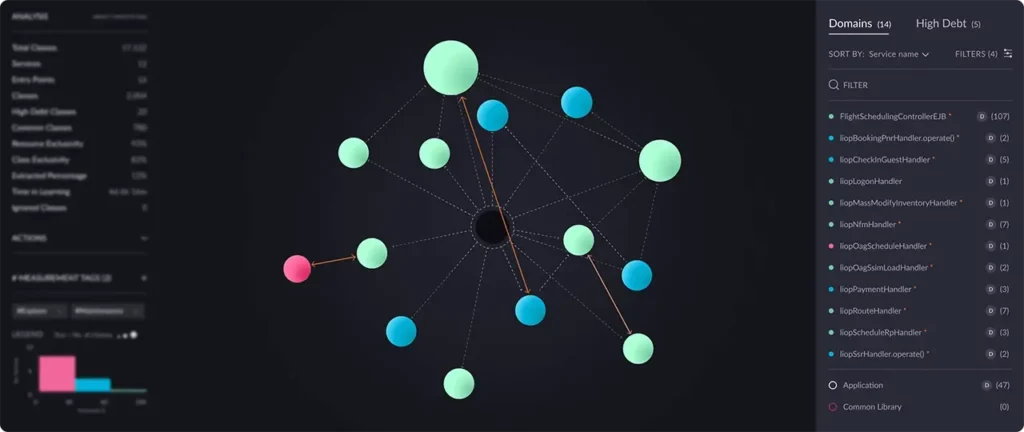
vFunction provides a unique approach to modernizing enterprise applications by offering deep insights into the existing application architecture. Through its AI-driven architectural observability platform, vFunction automatically reverse-engineers monolithic applications, creating a detailed map of the architecture.
This process helps you understand the complexity of your legacy systems, identifying the interdependencies and potential bottlenecks that could hinder modernization efforts. This comprehensive overview is crucial for making informed decisions on where to focus modernization efforts for maximum impact.
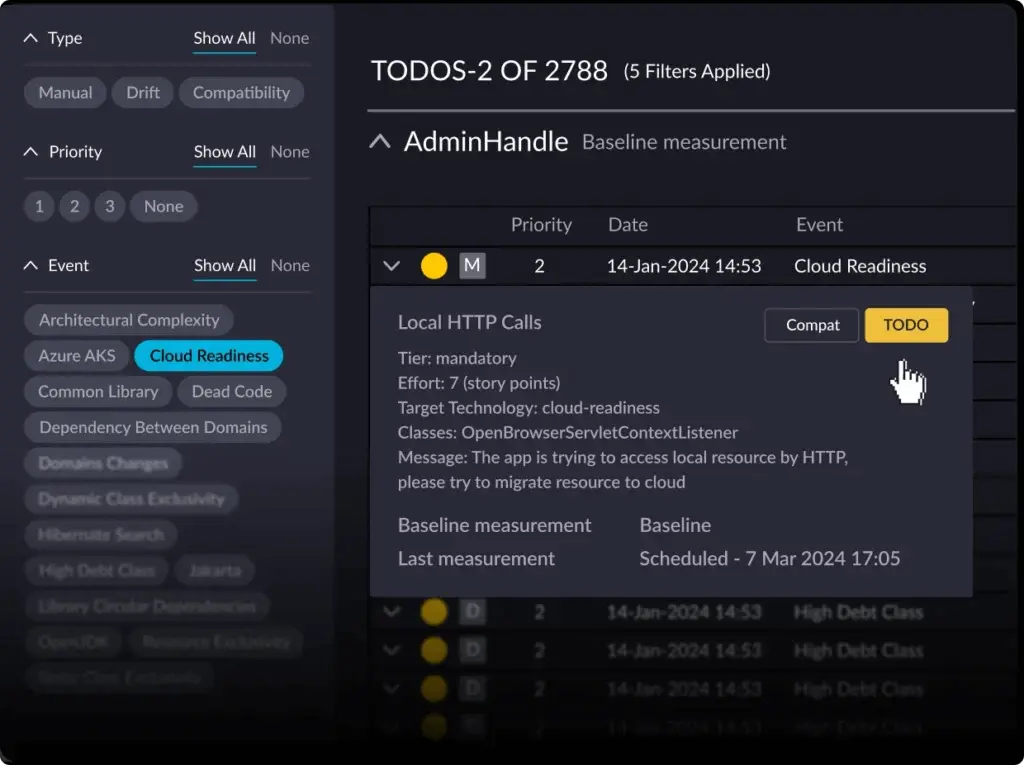
Moreover, vFunction simplifies the modernization process by breaking down monolithic applications into manageable microservices. This decomposition is vital for enterprises looking to transition to a cloud-native architecture or adopt DevOps practices.
By identifying and modularizing business domains and then automatically extracting them to microservices, vFunction reduces the time and resources required for the application modernization process, making it a more feasible option for large-scale enterprise applications.
Finally, vFunction’s platform not only accelerates the modernization process with automation by up to 4X, but also ensures that it is done with precision and minimal risk. The tool’s ability to generate actionable insights with aligned tasks and prioritize them by business initiatives allows enterprises to tackle the most critical components for app modernization projects first, ensuring that the transformation aligns with the organization’s strategic priorities.
By leveraging vFunction, organizations can achieve a smoother transition, minimizing downtime and avoiding the common pitfalls associated with complex legacy application modernization projects. This results in a more agile, scalable, and future-proof application landscape ready to meet the demands of a digital-first world.
Conclusion
Enterprise application modernization is not just a one-time technical upgrade; it’s an ongoing strategic necessity in today’s fast-evolving digital landscape. By continuously modernizing legacy systems, enterprises can unlock new levels of agility, enhanced security, and efficiency.
This digital transformation also allows organizations to better meet customer demands, adapt to market changes, and capitalize on emerging technologies such as AI and cloud computing.The many benefits of application modernization are profound, from cost savings and operational efficiencies to enhanced innovation capabilities.
To explore how vFunction can help you with pragmatically executing your modernization strategy, contact our team today.

